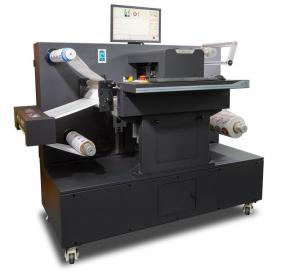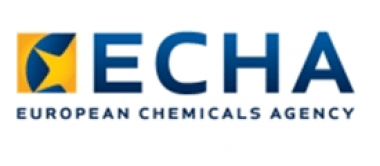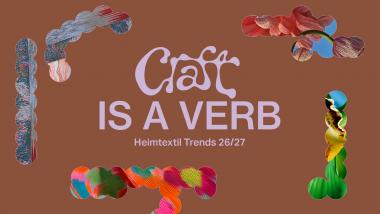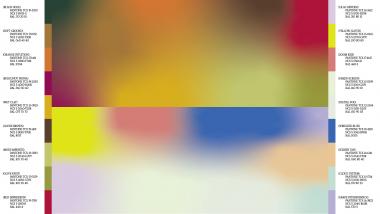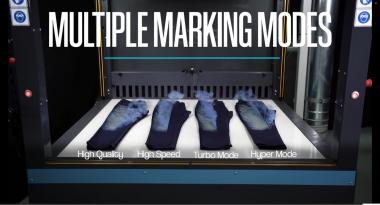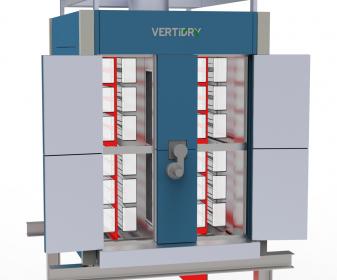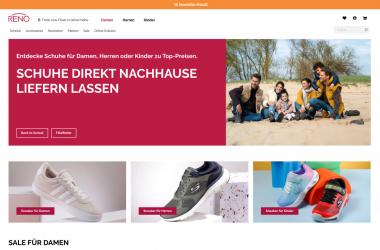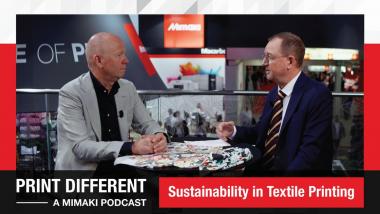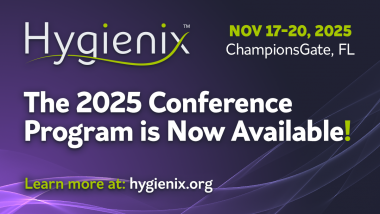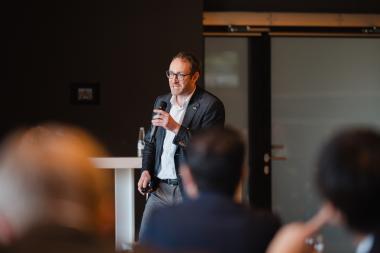Labelexpo: Plockmatic Group to showcase disruptor label technology
Disruptor technology and a new ColorCut LCF520 roll-to-roll label cutter will be showcased at Labelexpo 2025 on the Plockmatic Group stand. Along with the LCF500 and a technology demonstration of a 4-bladed LCF840Di, designed to eliminate rotary flexi die-cutting, the digital system enables converters – both large and small – to save up to thousands of Euros per job order.
Large, complex, high precision rotary flexi dies can cost thousands of euros for converters – and getting one from a third-party die manufacturer typically takes 1-2 days. But with Plockmatic Group’s ColorCut LCF range of all-in-one solutions for volume roll-to-roll production, new unique customer orders can be completed on the fly, for ultra short-run digital label production avoiding time-wasting flexi die-cutting.
Based on the same chassis as the single-bladed ColorCut LCF500 launched earlier this year, the new Plockmatic LCF520 has two blades and unique, patented auto tracking automation to ensure highest cutting accuracy.
A wide range of shapes and label sizes can be produced on the LCF family, which offers precise, powerful, and easily managed cut functions via its built-in control centre. It includes the added benefit to apply laminates when required using integrated lamination capabilities, along with a range of finishing options for labels, such as waste matrix removal and slitting for finished rolls.
In addition, at Labelexpo Plockmatic will have a prototype behind a screen for a new ColorCut label cutter LCF840Di with 4 heads. Important features include digital web tracking from the infeed table and automated waste removal. This new model is expected to be launched at the end of the year, with sales starting from Q1 2026.
This new model is expected to be launched at the end of the year, with sales starting from Q1 2026.
With a show theme of “Relax – Taking the Stress out of Digital Finishing”, Plockmatic Group’s stand at Labelexpo at Fira Gran Via, Barcelona, Spain, from 16-19 September 2025 will host a wide range of label, cutting and finishing systems for label and flexible packaging markets. Other specific machines include the entry-level LC330 Automated label cutting machine, the Color Cut LC700 Pro for professional applications runs and the ColorCut LC6500 compact, on-demand digital sheet cutter, which is crossover product from labels into light packaging applications, POS and lightweight card projects, as well as kiss-cutting.
“The new LCF520 roll-to-roll label spotlighted at Labelexpo is the newest family member in our disruptor technology that will eliminate the need for rotary flexi die-cutting for converters,” said Terri Winstanley, Marketing Manager, Packaging & Labels, Plockmatic Group UK. “It has the potential to save hundreds of euros, sometimes thousands, per job order. Other benefits include web-to-print label applications in extremely short run, same day dispatch plus converters can save on space where conventional dies used to be stored.”
She added: “The showcasing of this ColorCut LCF520 digital label cutter at Labelexpo will mark another important milestone for Plockmatic Group, as will the prototype LCF840Di that will also be on our stand. We’re anticipating a lot of interest from visitors.”
Plockmatic Group


